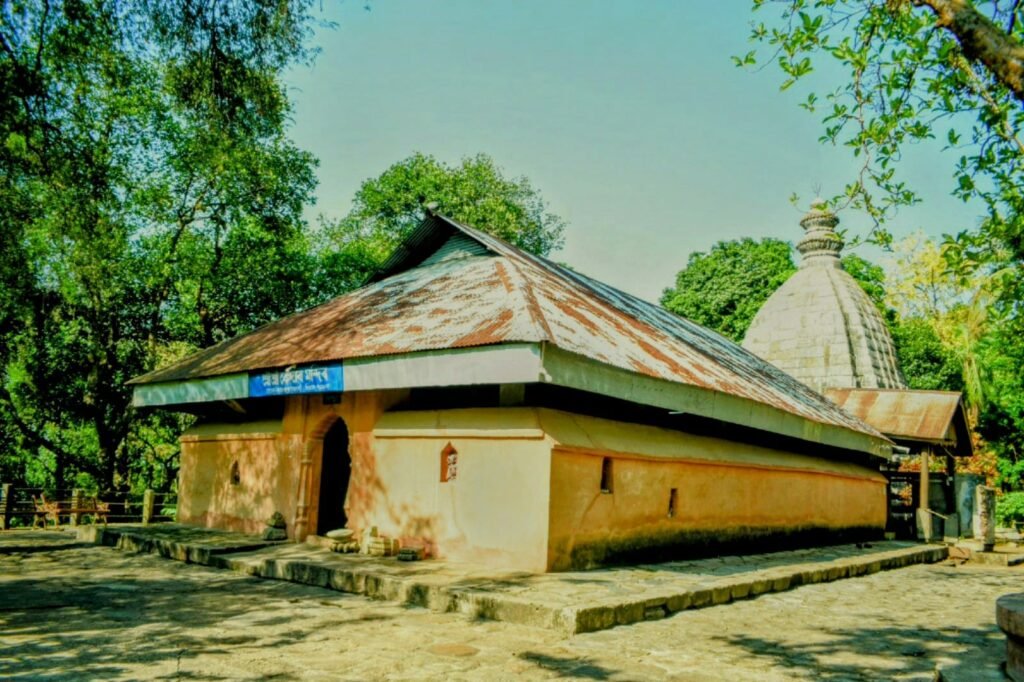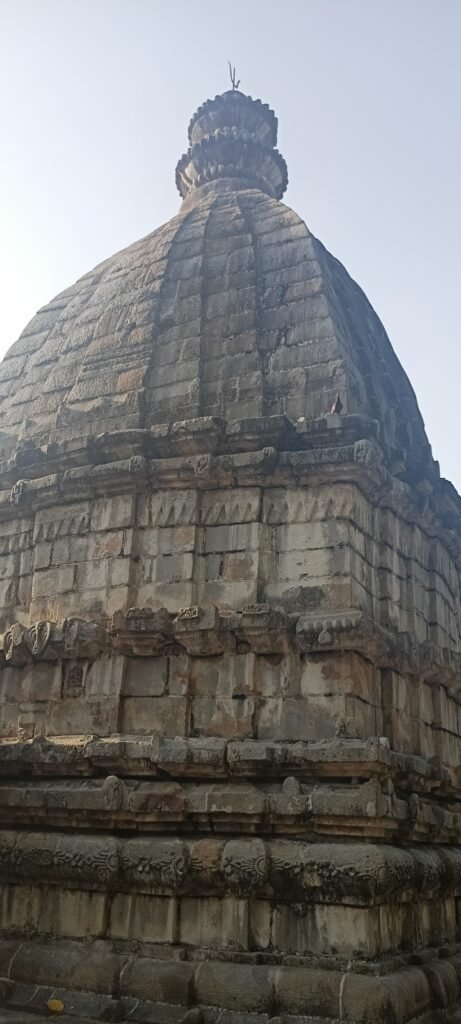As dawn breaks over Guwahati, a pop-up market of tangerine and yellow marigolds bloom along the road near Bharalumukh, enhancing the magnificence of the Brahmaputra and the rising sun. For a tourist setting off for early morning Kamakhya temple darshan or the true-blue morning walker, it is a delightful photo op. In two hours though, the mounds of flowers and garlands would have been sold, and the horticulturists and garland makers from Hajo, gone. Until the next morning.
About 35 kilometres from Guwahati, Hajo is unique in every which way. Besides its flower farms and brass ateliers, it is home to ancient hill-shrines of different faiths—Kedareswar on Madanachala hill, Hayagriva Madhav temple for Hindus and Buddhists on Manikuta Hill, and Poa-Mecca for followers of Islam on Gorudachall hill. In fact, ‘Hajo’ itself is derived from the Bodo ‘Hajw’, meaning hill.



For Hindus, Hajo is ‘Pancha Tirtha’ or five pilgrimages—at the shrines of Hayagriva Madhav, Kedar (Kedareswar), Kameswar, Kamaleshwar, and Ganesh. Kedareswar is mystical, with its swayambhu lingam and a large metal bowl covering it. Said to represent Lord Shiva in the ardhanariswara form, it manifests synthesis of male and female—purusha and prakriti—energies in the universe.
The historicity of Hayagriva Madhav is equally interesting. One of the oldest Lord Vishnu temples in the hayagriva or horse-headed form, it is also held sacred by Buddhists as a holy place connected with Lord Buddha’s life. Legends say that the temple may have first been constructed when the region was under the Pala dynasty, and Koch king Raghudeva would have rebuilt it in 1583. Remarkably, a pond in the temple is home to a rare species of turtles, which Hindus believe to be Lord Vishnu’s kurma avatar!


At Hajo, colours are not only of flowers; festivals like the Monikut Utsav and Xamannay Sobhayatra (Harmony Rally), started in the early 90s, initiated by Hajo Anchalik Students Union and supported by the All Assam Students Union (AASU) and held on the first day of Magh (mid-January) are riots of colour and gaiety too. A joyous parade of nam-kirtans and folk dances of various cultures and ethnicities, from the foothill of Poa-Mecca to Hayagriva Madhav foothill, it expresses the essence of Hajo—a kaleidoscope.


